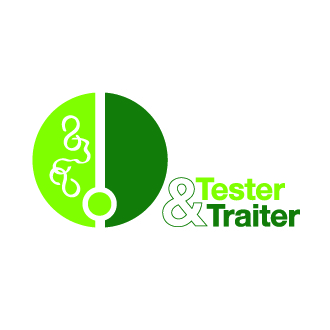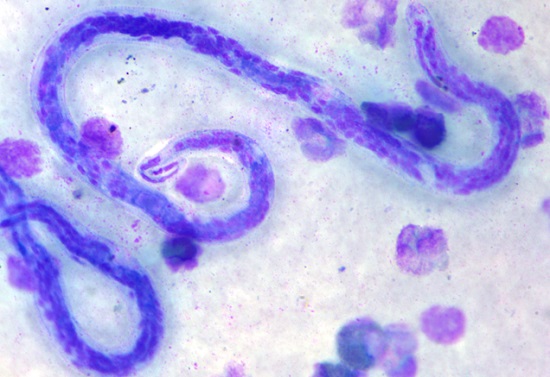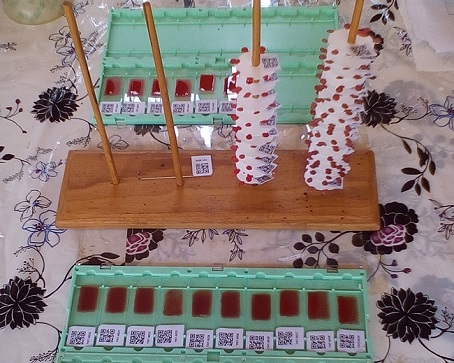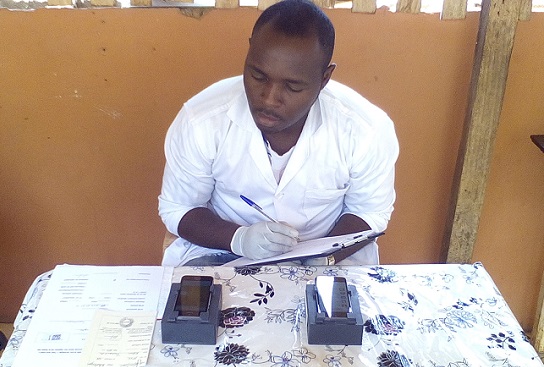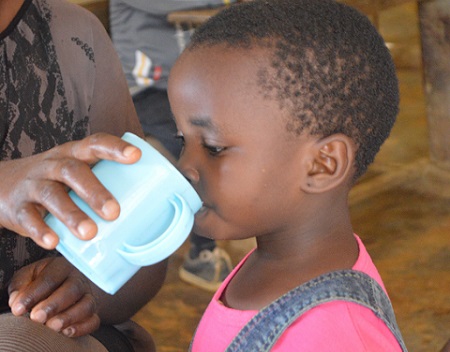![]()
![]()
Projet IS FUNDED BY

News
February 2017: Eighth NTD-STAG Global Working Group meeting (statement on strategy)
April – May 2017: 2nd Round of TNT field trial in Okola
May 2017: TAG meeting in Montpellier, France
June 2017: Soa study approuval
Sept – Oct 2017 : Soa field trial preparation and launch
TNT – Test & Treat: « Rapid identification of high levels of Loa loa microfilaremia: a « test and treat » strategy for mass drug administration »
About this project
WHAT? – Rationale:
Lymphatic filariasis (LF) and onchocerciasis (Oncho) are Neglected Tropical Diseases (NTDs) caused by different species of filarial nematode parasites and are responsible for significant morbidity and loss of productivity in the tropics and subtropics, including much of sub-Saharan Africa. Since the early 1990s, it has been recognized that ivermectin, the drug used by current programs to control LF and Oncho, causes serious adverse events (SAEs) including death in individuals harboring high levels of a third filarial parasite, Loa loa, in the blood. This has hampered ivermectin distribution in areas in Central and West Africa, where loiasis is coendemic with LF and/or Oncho. This situation is of great concern because the final objective of the LF and Oncho control program is eradication, which cannot be accomplished if regions are excluded from treatment.
Initial objectives of the “Test and Treat” project are:
- to develop and validate a field-friendly, point-of-care test to identify those individuals with high densities of Loa loa microfilariae (mf) in the blood (i.e., at high risk of SAEs) so that they can be excluded from mass drug administration (MDA) with ivermectin allowing safe treatment of the rest of the population
- to demonstrate the feasibility of this approach in a field-setting
- to use the data from the field study to inform mathematical models to address the effects of excluding a subset of individuals from MDA on the success of elimination programs
- to provide data to the WHO for consideration of the addition of TNT to the guidelines for treatment in areas coendemic for loiasis and onchocerciasis.
HOW? – Study design and activities:
TNT selected tool: The LoaScope, a mobile phone-based video-microscope, was shown to be best suited for field use with 94% specificity and 100% sensitivity for the detection of microfilarial loads >30,000/ml blood (D’Ambrosio et al. 2015 Science Transl Med).
TNT campaigns locations: TNT rounds in Okola (2015 and 2017) and Soa (2017)
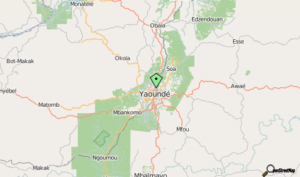
Social science studies: A quantitative study to assess knowledge and perception of the TNT strategy and the reasons why some people do not participate.
TNT strategy cost assessment. Cost-efficiency study designed to estimate implementation of the TNT strategy at local, regional, national and multinational levels.
Dissemination of results: Following completion of the planned studies, dissemination of the results to the public, the Cameroon health authorities, the WHO, The Expanded Special Project for Elimination of Neglected Tropical Diseases (ESPEN), and other partners.
Timeline: TNT grant was signed on 3 November 2011 and will run till 31st May 2018 (including intermediate no-cost extension from 1 January to 1 November 2016).
WHO? – CONSORTIUM (CLICK HERE)
TNT Project MEDIA (project articles, press releases, publications) ⇒ ( CLICK HERE )
Dr. Michel Boussinesq, Research director at the French Research Institute for Development: michel.boussinesq@ird.fr Dr. Sebastien Pion, Researcher at the French Research Institute for Development: sebastien.pion@ird.fr Dr. Cedric Chesnais, Researcher at the French Research Institute for Development: cedric.chesnais@ird.fr http://www.astmh.org/ http://www.ntdenvision.org/about_ntdsProject contacts
Useful Links

